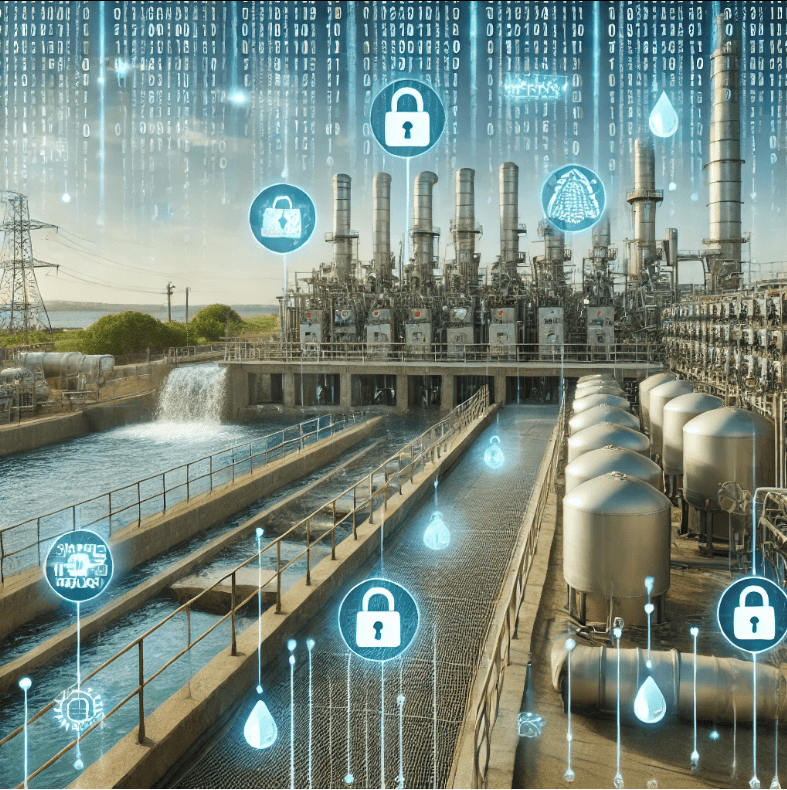- Cyberattacks targeting U.S. water utilities are increasing in sophistication.
- Threat actors exploit outdated infrastructure and poor security measures.
- Ransomware and identity-based attacks are the most significant risks.
- Strengthening cybersecurity at critical water facilities is now essential.
January 13, 2025 — The United States water sector is grappling with an escalating cyber risk as threat actors exploit aging systems and weak cybersecurity practices. With ransomware and identity-based attacks becoming the leading tactics, water utilities are increasingly at risk of operational disruptions and data breaches.
The CrowdStrike 2024 Global Threat Report reveals that “unmanaged network appliances, particularly edge gateway devices, remained the most routinely observed initial access vector for exploitation.” In water utilities, these devices often include legacy components that lack modern security measures.
reveals that “unmanaged network appliances, particularly edge gateway devices, remained the most routinely observed initial access vector for exploitation.” In water utilities, these devices often include legacy components that lack modern security measures.
Identity-Based Attacks: A Stealthy Threat.
Identity attacks are another significant concern. According to the report , adversaries often use stolen credentials to access critical systems. These methods include phishing, brute-force attacks, and credential theft through malware. CrowdStrike observed that threat actors are now combining these tactics with social engineering to bypass multi-factor authentication, exposing water facilities to considerable risk.
, adversaries often use stolen credentials to access critical systems. These methods include phishing, brute-force attacks, and credential theft through malware. CrowdStrike observed that threat actors are now combining these tactics with social engineering to bypass multi-factor authentication, exposing water facilities to considerable risk.
Ransomware on the Rise.
Ransomware continues to be a primary tool for cybercriminals targeting essential services. In 2023 alone, data-theft extortion attacks increased by 76%, highlighting the need for better defenses. Water utilities, which rely on operational technology (OT) systems to control pumps and valves, are particularly vulnerable, as these systems are often interlinked with outdated IT infrastructure.
Mitigation Strategies.
To protect these critical systems, utilities must adopt modern security frameworks. This includes implementing zero-trust architectures, enhancing employee training to counter social engineering, and updating legacy systems. The report also recommends leveraging AI-driven tools for threat detection, as “organizations cannot afford to fall behind in a cyber arms race.”
also recommends leveraging AI-driven tools for threat detection, as “organizations cannot afford to fall behind in a cyber arms race.”
Cybersecurity in the water sector is no longer optional; it’s urgent. As threat actors become more sophisticated, so must the defenses that guard our most vital resource.





Leave a Reply